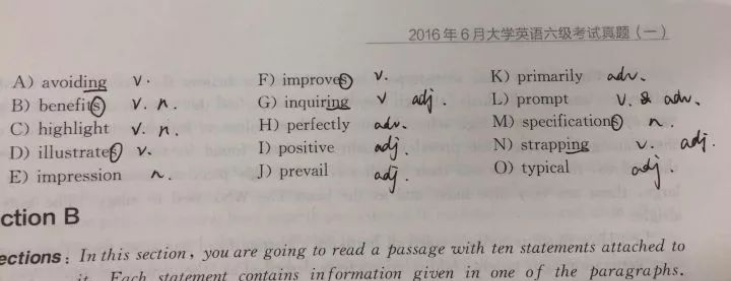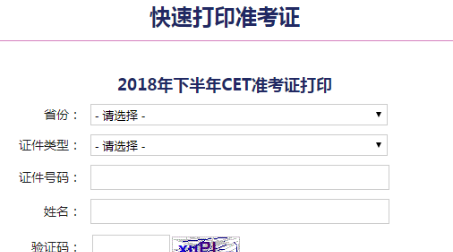Publishers set deadline for revamp
|
Market-oriented news organizations and publishers have been given a deadline of one to two years to make the transition to full-fledged commercial players, according to guidelines released by the industry watchdog yesterday. Publishers of books and electronic products at local and college levels will have to complete their reform by this year, and publishers at central and ministerial level by the next, according to the China General Administration of Press and Publication (GAPP). Newspapers and magazines deemed to be serving the public interest are encouraged to restructure their operations but will not be subject to the full force of the market. Most news organizations and publishers are affiliated to governments at various levels. The new guidelines pledge policy support to media giants which publish newspapers and magazines overseas, and acknowledge the status of private publishers for the first time. "About six or seven press and publishing giants with annual revenues of more than 10 billion yuan ($1.46 billion) will be set up to compete globally in three to five years," said Fan Weiping, director of the publishing industry development department affiliated to the GAPP. "The guidelines will serve as an impetus for the development of the press and publication sector," said Zhou Weihua, a professor at the school of journalism at Renmin University of China. The industry has long been imbued with a political and ideological tinge, with the commercial and business roles ignored, he said. The latest move paves the way for press and publication houses to use market resources to flourish, he said. The top 20 players in the industry have only 20 percent of the market share, compared to 85 percent in the United States, Zhou said. Cutting the umbilical cord between the government and press and publication houses will stimulate competition and benefit the industry and society, he added. The guidelines recognize the status of privately-owned publishing houses by including them in the official regulation system, Fan said. There is no official figure for the number of private publishers in the country but they contract a wide array of writers and publish most of the bestsellers using book numbers - a permit for publication - of State-owned publishing houses. By the end of 2007, there were nearly 600 publishing houses in the country. The country also published 9,500 magazines and 2,000 newspapers that year. Other highlights include: Strengthening the restructuring of four non-profit press and publishing houses: People's Press, Ethnic Minority Press, Tibetan Studies Press and Braille Press. Media organizations and publishing houses are encouraged to run newspapers and magazines or set up branches overseas through wholly-funded or joint ventures. Major publishing and media enterprises are encouraged to go public. Questions: 1. What is the name of the print media industry watchdog? 2. What are the major changes to be implemented over the next year or so? 3. According to a professor at the school of journalism at Renmin University of China what were two realities of the past print media framework? Answers: 1. The China General Administration of Press and Publication (GAPP). 2. The transition for market-oriented news organizations and publishers to become full-fledged commercial players. 3. The industry was imbued with a political and ideological tinge and the commercial and business roles were ignored. |








